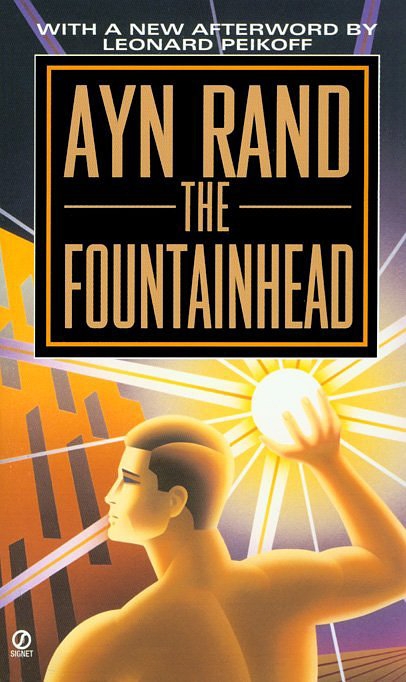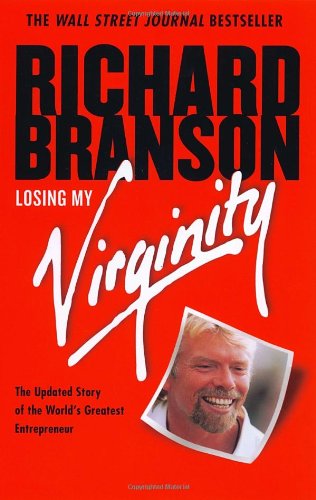
by Alvin Toffler
When you go from geographical area to far away geographical area, you find difference in conduct of almost everything. You don’t know that how to act. There yes means no and no means yes. This is a shock- The Culture Shock. There is always a possibility of coming back to your original geographical area. But, if you can’t come back and the culture or environment you are habitual of is past or can’t be brought back, then what do you feel? Guess!!! I think you got it. It’s Future Shock.
Alvin Toffler (born October 3, 1928) is an American writer and futurist, known for his works discussing the digital revolution, communications revolution, corporate revolution and technological singularity. A former associate editor of Fortune magazine, his early work focused on technology and its impact (through effects like information overload). Then he moved to examining the reaction of and changes in society. His later focus has been on the increasing power of 21st century military hardware, weapons and technology proliferation, and capitalism. He is married to Heidi Toffler, also a writer and futurist. They live in Los Angeles. They wrote the books credited to "Alvin Toffler" together.
Accenture, the management consultancy, has dubbed him the third most influential voice among business leaders, after Bill Gates and Peter Drucker. He has also been described in the Financial Times as the "world's most famous futurologist". People's Daily classes him among the 50 foreigners that shaped modern China.
There no. of books written on future but what joins all these—in the book as in life—is the roaring current of change, a current so powerful today that it overturns institutions, shifts our values and shrivels our roots. Change is the process by which the future invades our lives, and it is important to look at it closely, not merely from the grand perspectives of history, but also from the vantage point of the living, breathing individuals who experience it.
The acceleration of change in our time is, itself, an elemental force. This accelerative thrust has personal and psychological, as well as sociological, consequences. In the pages ahead, these effects of acceleration are, for the first time, systematically explored. The book argues forcefully, I hope, that, unless man quickly learns to control the rate of change in his personal affairs as well as in society at large, we are doomed to a massive adaptational breakdown.
First, it became clear that future shock is no longer a distantly potential danger, but a real sickness from which increasingly large numbers already suffer. This psycho-biological condition can be described in medical and psychiatric terms. It is the disease of change.
Second, the author gradually came to be appalled by how little is actually known about adaptivity, either by those who call for and create vast changes in our society, or by those who supposedly prepare us to cope with those changes. Earnest intellectuals talk bravely about "educating for change" or "preparing people for the future." But we know virtually nothing about how to do it. In the most rapidly changing environment to which man has ever been exposed, we remain pitifully ignorant of how the human animal copes.
The purpose of this book, therefore, is to help us come to terms with the future—to help us cope more effectively with both personal and social change by deepening our understanding of how men respond to it. Toward this end, it puts forward a broad new theory of adaptation.
It talks about death of Permanence or in other words strengthening adhocracy day by day. We can feel so in our real life. I very well have seen the lives of generation of our parents. The life was routine-one company, one work, one family, one neighborhood…….. But is it so now. I myself have changed three companies in 3 years. And I know people who have changed 3 in a year. I myself have changed 4 houses in one year but have seen people who change it every fortnight. I have never changed my familyJ. But, have seen increased divorce rate. Few years back I went to the place where I was born. The things were intact, same hospital, same surroundings, same…….. But now, hospital has been turned into Mall, surroundings have been given landscaping required for picnic and parking. And what I can see is that change is changing very fast. Just imagine, the biggest invention in the early ages was fire. Further imagine how many millenniums it took to the second most important invention of mankind wheel. Further imagine, our ancestors were riding horse carts 300 years ago. 30 years ago in India most of the common men were riding bicycles. A decade back most of Indians were riding scooters. 5 years back, most of them started using motorcycles. 2 years back due to economy boom leading to steep rise in disposable income, they started using cars. Now, car is no more a status symbol. It’s a necessity. And now, even the lower middle class people have started using airplanes for short distances. This is the change, which is changing very fast.
Then he talks about standardization. It rose from assembly line concept of Henry Ford. Even today its being interpreted as “Any customer can have a car painted any colour that he wants so long as it is black". And there is clear cut evidence that standardization has increased in last 3 decades and will keep on increasing at a much more rapid speed. The most ardent followers of standardization are Japanese. The critisism against standardisation is that it constraints degree of freedoms of mankind in every aspect- job type, innovation, ………. But let me ask you one think, if this is the case then how come we are seeing ever increasing number of models of vehicles of electronic goods, of computer packages, types of jobs, types of services. So, this criticism stands thwarted.
These are just few of the arguments present in this masterpiece. Owing to the revolutionary ideas written in the firy language, it was banned in more than 70 countries, where underground organisations printed and circulated it. The second half of the book mentions the sort of life, that even I can’t imagine. But I m sure that is future. Only, relief I m having inspite of chill running down my spine, after reading Toffler is that I hope I won’t live that long to see that second part happening.
I recommend this book to anybody and everybody who dare to imagine in future.

























